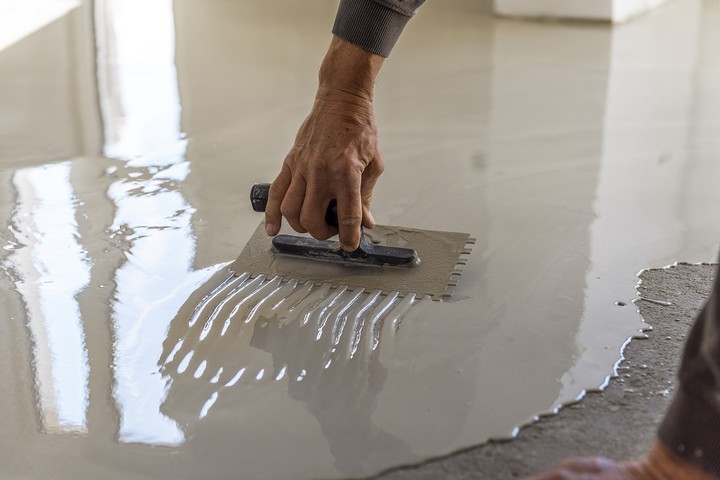
The food industry is one of the most sensitive, considering some mistakes regarding the construction of the setups could impact human health. One of the significant government requirements for food facilities and related areas is to use epoxy flooring. Failure to do this, the government’s financial penalties, or license withdrawal leads to reputational damage.
Flooring plays a vital role in the food industry, including maintaining hygiene and offering a safe environment for the employees. Installing a beautiful floor isn’t enough. It would be best to consider its safety, ease of cleaning, and resistance to chemical and food spills. Having learned how epoxy is used in the food industry, hopefully, you have understood why it’s the best option.
So, how can you use epoxy flooring for the food industry, whether it’s a legal requirement or not?
1. Café and Food Courts
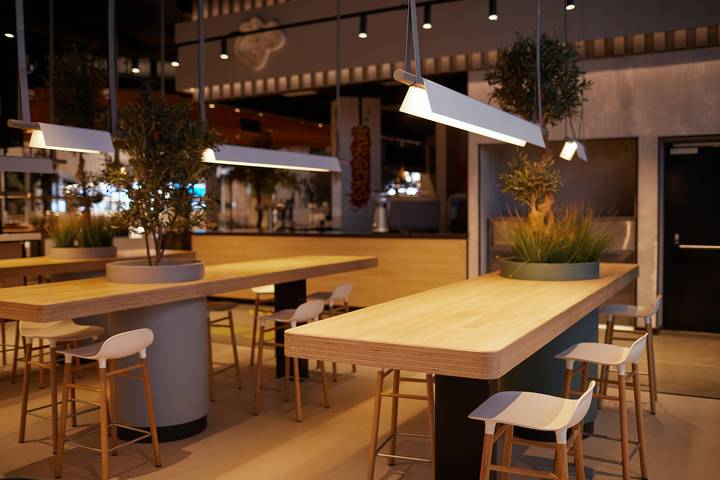
Cafeterias and food courts are among the leading hosts of epoxy flooring in the food industry. Experts advise that you can use epoxy flooring across the food service areas of cafeterias and food courts. Considering these are high-traffic areas, it gives the surfaces a visually appealing appearance and more strength.
2. Meat Processing and Selling Zones
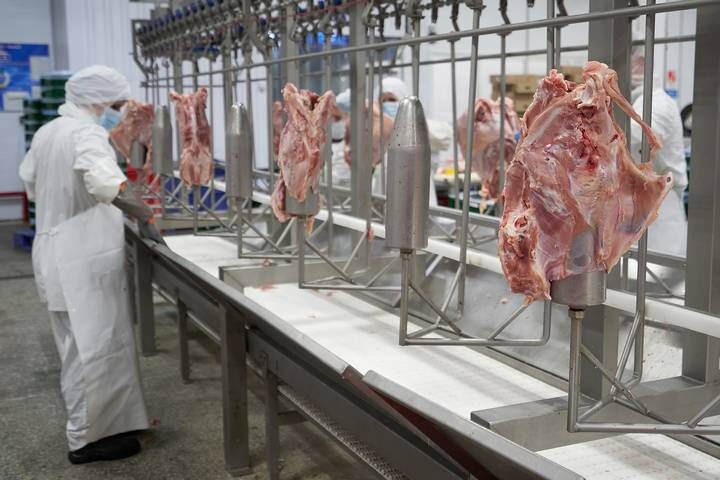
Another use of epoxy concrete floor in the food industry is by installing it in meat processing and selling (butcheries) zones. Meat processing plants use specific chemicals, especially acids and cleaning agents, to clean and maintain hygiene.
Epoxy flooring, on the other side, ensures these chemicals don’t damage the surfaces since it’s chemical resistant. It can also withstand the traffic of the heavy machinery and equipment used in meat processing and selling.
3. Large Dining Areas
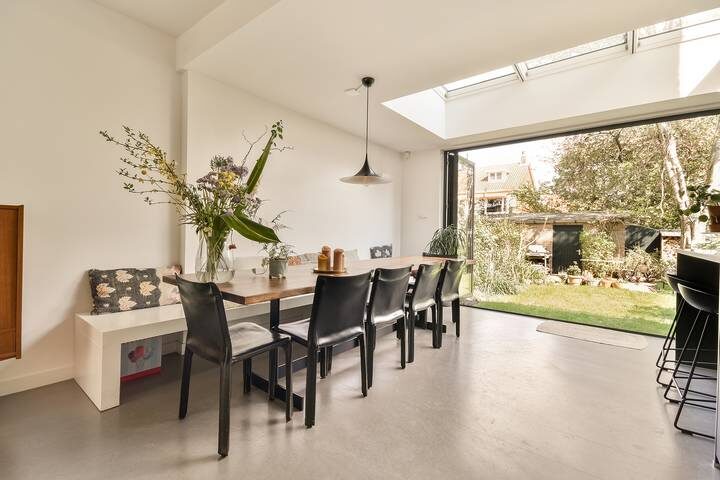
Epoxy is the best flooring system in the dining areas, especially the large ones. Because they’re easy to clean, the endless food particles and spills won’t be much of a hassle. Don’t be afraid that the dining area will appear dull because you can incorporate various decorations on epoxy coatings. The coatings can be designed into multiple patterns, colours, and styles to deliver an appealing surface that matches your preferences.
4. Food Storage Areas (Freezers)
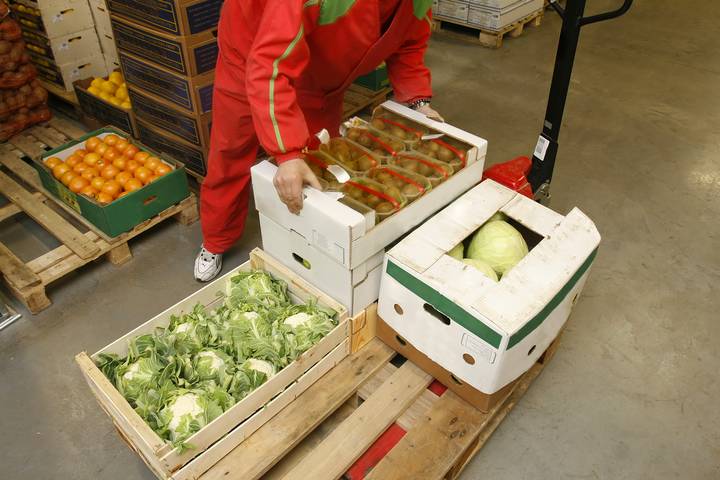
You can also use epoxy flooring on the cold food storage areas (freezers). They make an ideal flooring system for these setups due to their ability to withstand extremely low temperatures.
Other flooring systems like concrete may easily attract mould, excessive condensation, or cracks. Epoxy flooring suits cold food storage areas and freezers regardless of temperature fluctuations.
5. General Food Storage Areas
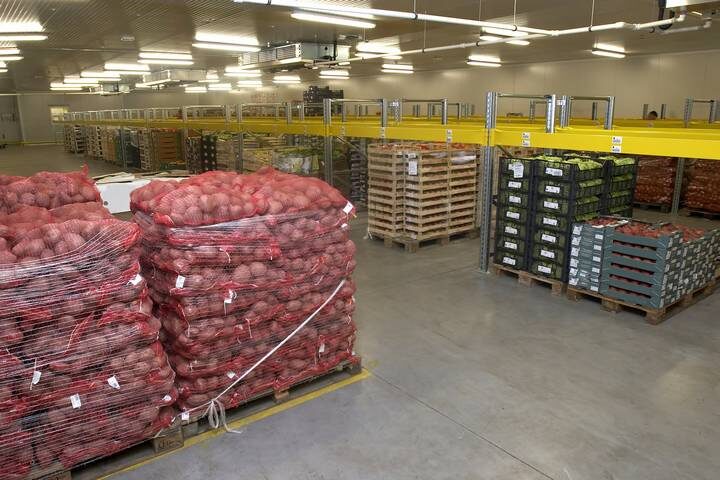
Epoxy flooring is also used in general food storage areas like warehouses and commercial setups. The epoxy flooring system is strong enough to resist cracks and dents potentially caused by pallets, forklifts, and other equipment. Thus, it is suitable for warehouses and commercial setups.
Spills occur nearly daily at the food storage areas, especially if production happens at the exact location. With epoxy flooring, you can be assured of a quick and easy cleaning process, hence more excellent hygiene.
6. Food Processing Plants

You can install epoxy flooring in the food industry on the food processing plant surfaces. Installation of epoxy floors is a mandatory requirement for many provinces as you plan to open a food processing plant.
Besides its visually appealing look, epoxy flooring is non-porous and can hardly be damaged by food chemicals. The flooring system is also easy to clean, enhancing hygiene by keeping mould and bacteria at bay.
7. Commercial and Residential Kitchens
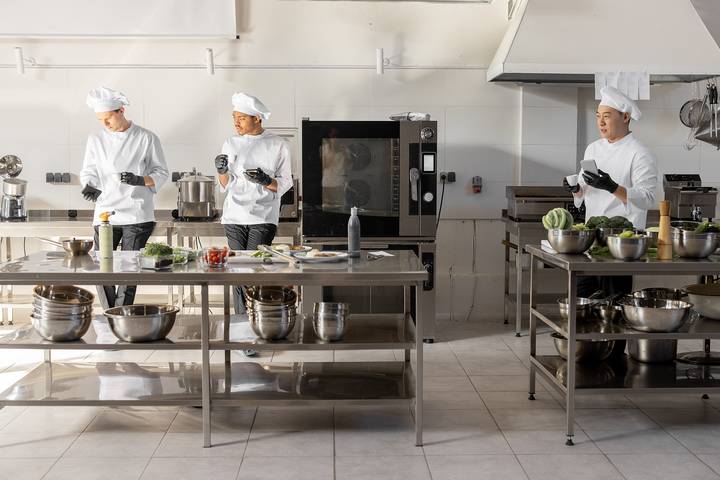
Epoxy flooring is ideal for kitchen setups, whether commercial or residential. Regarding commercial kitchens, this flooring system can withstand constant food spills without generating stains.
Commercial kitchens also experience high foot traffic, and with the spills, it can be easy to slip. However, epoxy flooring is slip-resistant and prevents such accidents from happening. Another advantage of epoxy flooring in kitchens is the ease of cleaning, as required by these areas.
8. Other Types of Epoxy Flooring

It’s important to note that not all epoxy flooring systems are ideal for the food industry. The most effective types include:
Heavy-duty epoxy flooring
As the term suggests, this system is ideal for food storage rooms and locking areas due to its ability to withstand heavy machinery. Heavy-duty flooring eliminates the risk of unreasonable wear and tear due to the weight effect.
Decorative epoxy coating
Decorative epoxy coatings suit highly visible areas such as food courts, cafeterias, and dining areas. Decorative coatings are the most effective for customizing colour or design into epoxy flooring.
Urethane-modified epoxy
This flooring system can be installed in temperature-fluctuating areas such as freezers and cold storage rooms. It’s resistant to such temperatures and the chemicals used in these areas.
Antimicrobial epoxy flooring
This flooring system is effective in areas that require high hygiene and could easily attract bacteria and other toxic micro-organisms if not monitored. These include bottling and canning areas, poultry, seafood, meat processing zones, and fresh produce areas.









